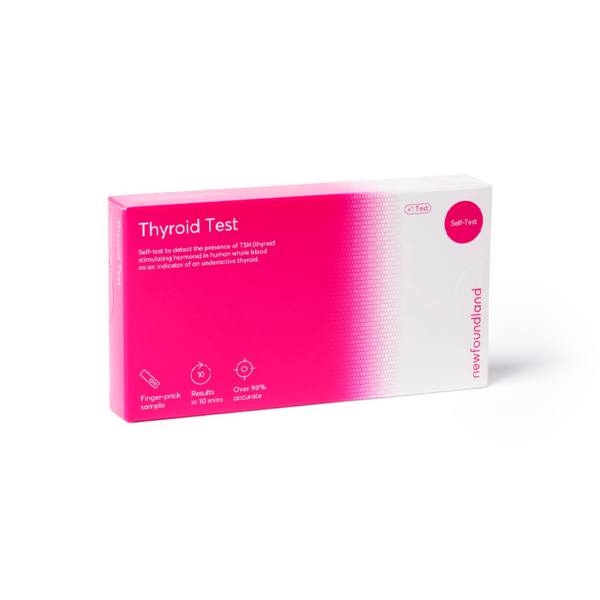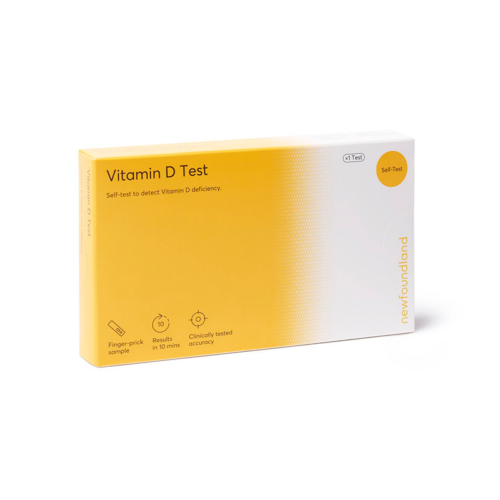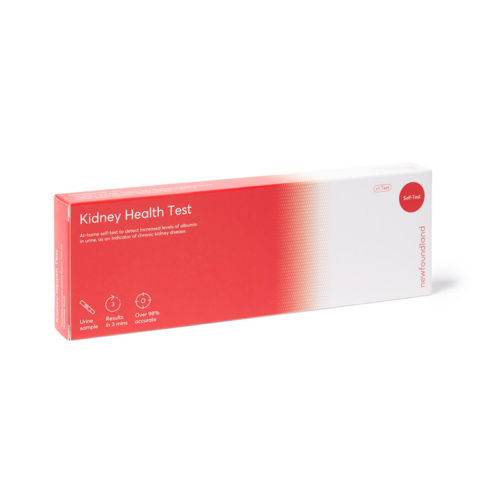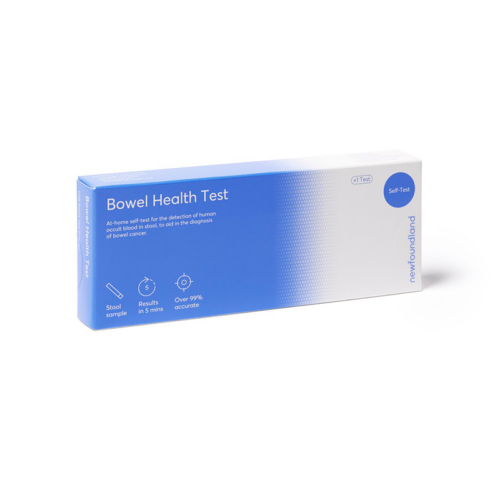Hypothyroidism is a common condition that often goes undetected and can be the underlying cause of a multitude of symptoms. Our kit can help you determine if hypothyroidism may be the culprit behind your symptoms.
It’s not uncommon for people to experience unexplained symptoms that can be difficult to diagnose. However, one possible culprit that often goes undetected is hypothyroidism. While not always the cause, hypothyroidism can be the underlying reason for a multitude of symptoms, making it an important condition to consider.
If you’ve been struggling with unexplained symptoms, receiving a diagnosis of hypothyroidism can be a crucial step in understanding the root cause of your problems. With this knowledge, you can better manage your symptoms and receive targeted treatment to improve your quality of life.
Treatment options for hypothyroidism include daily hormone replacement tablets. While there is no cure for hypothyroidism, medication can help to manage symptoms and bring TSH levels back to a healthy range. It’s important to work closely with your healthcare provider to determine the best course of treatment for your individual needs.
Symptoms of hypothyroidism can be wide-ranging and diverse, making it difficult for doctors to pinpoint the cause. These symptoms may include muscle cramps, constipation, weight gain, sensitivity to cold, pain, numbness or tingling in the hands and fingers, depression, tiredness and more. If you’re experiencing any of these symptoms and your doctor has been unable to provide a clear diagnosis, it may be worth asking about the possibility of hypothyroidism.
While hypothyroidism is not the cause of all unexplained symptoms, it is a condition that should be considered. Receiving a diagnosis can be an important step towards understanding the underlying cause of your symptoms and managing them effectively. With the right treatment and ongoing support from your healthcare team, you can live a healthy, fulfilling life with hypothyroidism.






Reviews
There are no reviews yet.